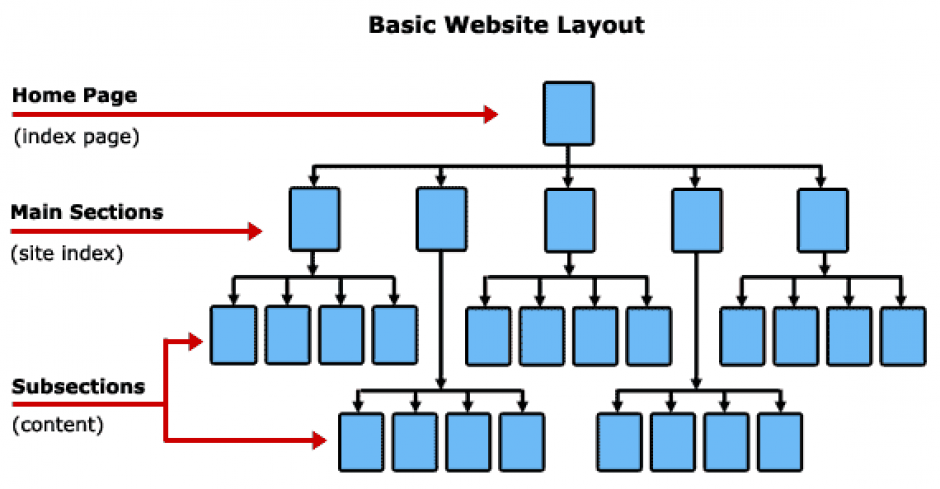-
Follow us
-
0723.20.82.90 -
office@iagency.ro 




SEO is based on two major strategies that you must follow if you want to rank in Google as you want. There is no doubt, these strategies are the on-page optimization and the backlinks building. The first one allows you to optimize the website according to those keywords that are important to your business. This way, you are going to be more relevant for your target audience. On the other hand, the backlinks pass authority to your site, which means you will be more trustworthy. In SEO, this will help you rank better in SERP.
Of course, there are many sub-strategies for each of them, and one of the most interesting is the internal links building. This is used to interconnect your blog posts and web pages. In other order of thoughts, how important is the internal links building for the success of your SEO strategy?
First of all, you have to know that internal links are hyperlinks that target the domain they already exist on. In other words, an internal link will send you to another page of the same website. From the SEO point of view, they have a totally different purpose than external links. Internal links don’t pass a new authority to the pages they are connected to, but they can influence the way your website is indexed and how it ranks.
The SEO benefits:
•The anchor text and the content. Just as your anchor text is very important for your external links, the anchor text of your internal links can play a major role in the way your web pages are categorized. In SEO, if you constantly link to a specific page of your website, you will make Google understand the relevance of that page, so it will rank better on specific keywords. Also, comparing to external links, internal links have a different structure. You can build your internal links as a call to action message like "for more information, click here”. If you want your SEO strategy to be relevant, the external links should be represented only by keywords. •The connection between pages. Your internal links help Google understand both the structure of your website and the connection between the pages. For example, you can use your internal links strategy to establish a hierarchy between the homepage, the category pages, and the sub-pages. •Strategic re-distribution of the authority. Your internal links can’t increase the overall authority of your page, but they can pass some authority to a new page. For example, if you have a blog post with a high authority (Let’s call it post A) and another blog post with no authority (post B), you can increase the authority of the post B by linking to it from the post A. •Visitors retention. When users read a blog post that they enjoy and they notice a link, it’s possible that they will be rather curious to click it than leave your post. This means that your internal links make your visitors stay longer on your website, which means more opportunities to sell your products and more brand exposure. Also, from the SEO point of view, this will help Google see that you offer a great user experience, so it’s likely you will rank better.Other benefits that are independent of your SEO activity:
•The internal links help your visitors navigate the website easier. If you have a very good strategy, you can use your internal links as a guide that will indicate them the content they may be interested in. •Last, but not the least, internal links offer you the possibility to direct your visitors in a specific way. For example, you can guide them to enter the buying process.The best practices:
Now that you know the importance of your internal linking strategy, we are going to tell you how to build them so you can have SEO benefits.
•First of all, identify your SEO goals and decide which pages you want to rank better in Google. After this, add internal links on the highest-authority pages that lead to the pages you target. •Use a plugin that automatically includes internal links. For example, if you are a WordPress user, there are a lot of plugins available that will automatically hyperlink certain keywords to certain URLs on your site, such as SEO Auto Links. •Don’t use too many keywords! In SEO, this is called “keyword stuffing”. If you always use the same keywords or long-tails every time you want to include an internal link, then it’s possible that you will get a penalty from Google and decrease in SERP. This can affect your whole SEO activity! •The links that are placed in the first part of the page tend to be more valuable than those internal links in the end of the page, and links in the body of an article are more valuable than links in the footer. Consider your placement carefully. •It is highly recommended that no page on your website is more than three clicks away from another page. This should help you ensure all your pages have logical links to and from them at all times.Internal links are valuable in your SEO activity and for your website. Make sure they properly relate to each other and try to make the navigation on the website as user-friendly as possible.
Get the latest news and updates
By subscribing, you agree to our Privacy Policy
Leave the SEO optimization and online promotion of your business in our hands! With us, you’ll increase organic traffic -> brand awareness -> the number of customers -> sales -> profit! What do you say, shall we make you a personalized SEO offer?